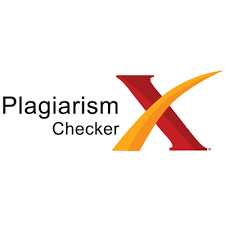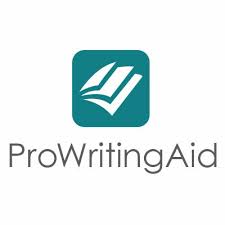USE OF EXPERIMENTAL METHODS WITH BUILDING SPACE MEDIA TO IMPROVE THE UNDERSTANDING OF THE CONCEPT OF BUILDING SPACE SURFACE AREA
DOI:
https://doi.org/10.30740/jee.v6i1.177Keywords:
Experimental Methods, Mathematics Learning Outcomes, Media building modelsAbstract
Utilization of Media building models to Improve Mathematics learning outcomes in Ggrade VI elementary schools. This study describes the extent to which the use of geometrical media can improve students' mathematics learning outcomes in the basic competence "Calculating the surface area of geometric shapes" for Grade VI students of SD Negeri Blederan. The form of this research is Classroom Action Research (CAR) through geometric media with experimental methods. The number of students in class IV-B of SD Negeri Blederan is 15 students (11 male students and 4 female students). The source of the data from this study came from teaching and learning events in Mathematics with the basic competency "Calculating the surface area of a geometric shape" in the classroom, teachers and documents in the form of a list of Grade VI students' grades for the 2021/2022 academic year. Data collection techniques were carried out through observation, testing and assignment of questions. Research procedures include problem identification, problem analysis, preparation of action plans, implementation of observational actions and preparation of reports. The research process was carried out in 2 cycles, each cycle was carried out in 2 meetings which included action, action planning, action implementation, observation, analysis and reflection. Based on data on students' test scores, there has been an increase in the average score starting from before the remedial action of learning (pre-cycle), Cycle I and Cycle II. The average score before the learning corrective action was implemented was 59.3, after the learning corrective action in Cycle I the average value became 71.3 and 86.7 in Cycle II with KKM 70. This means that learning by experimental method and utilizing building media models in mathematics provides great benefits to the learning outcomes of class VI.
References
Amis Kamar. (2002). Strategi Pembelajaran. Kencana.
Arikunto, dkk. (2010). Penelitian Tindakan Kelas. Rineka Cipta.
Djamarah. (1995). Strategi Belajar Mengajar. Rineka Cipta.
Durmus, J. (2010). Effects of Conceptual Change Texts and Laboratory Experiments on Fourth Grade Students ’ Understanding of Matter and Change Concepts. 498–504. https://doi.org/10.1007/s10956-010-9216-9
Hasnida, N., Ghazali, C., & Zakaria, E. (2011). Students ’ Procedural and Conceptual Understanding of Mathematics. 5(7), 684–691.
Haudi. (2021). Strategi Pembelajaran. Insan Cendekia Mandiri.
Mappasoro. (2007). Metode Pembelajaran di Sekolah. Rineka Cipta.
Meiliawati, E. (2015). Meningkatkan Kemampuan Mengenal Warna Melalui Metode Eksperimen.
Rahmanelli. (2005). Jurnal Kependidikan. Jurnal Kependidikan UNP, 6, 2.
Ramayulis. (2002). Ilmu Pendidikan Islam. Kalam Mulia.
Saleh, S. (2011). The Level of B . Sc . Ed Students ’ Conceptual Understanding of Newtonian Physics. 1(3), 249–256.
Sumantri, M. dkk. (1999). Strategi Belajar Mengajar. Departemen Pendidikan dan Kebudayaan.









